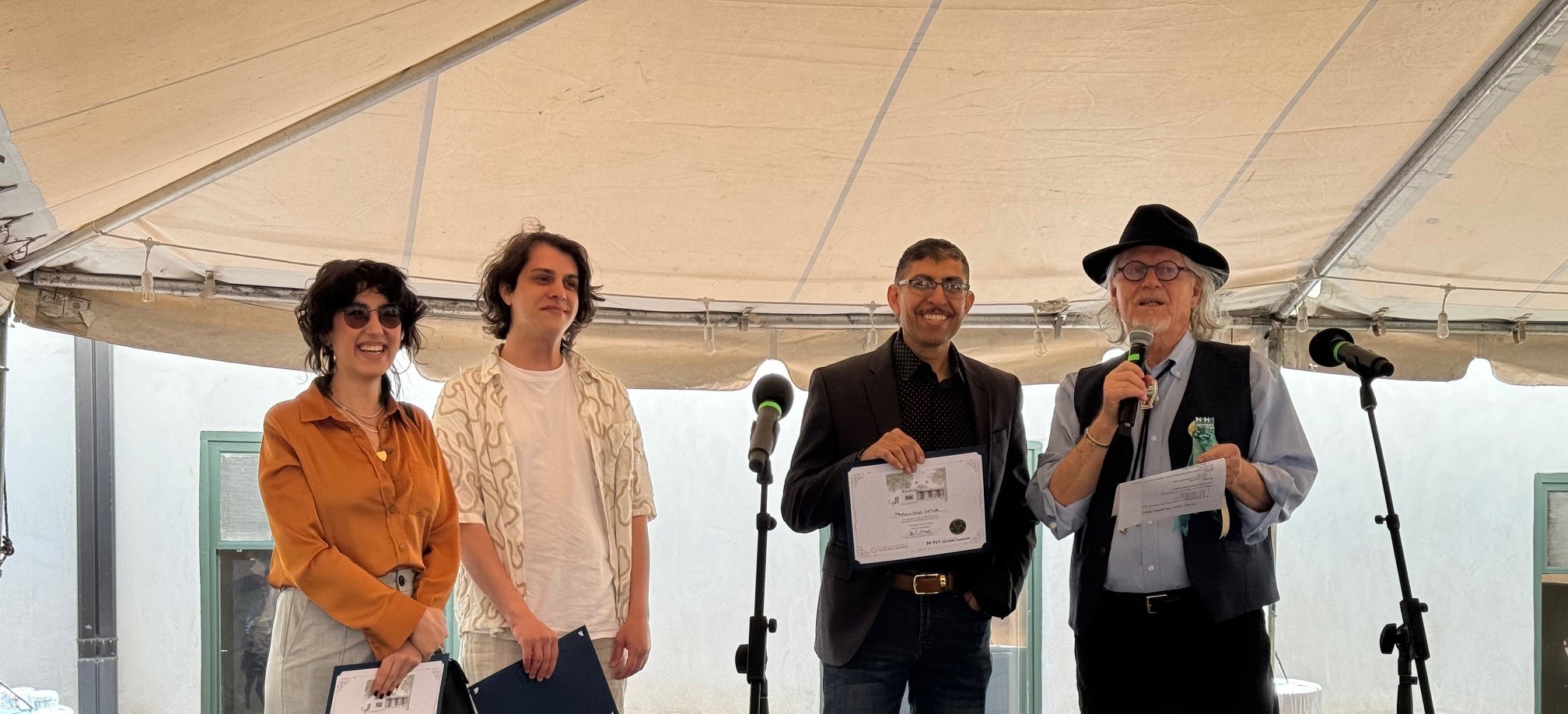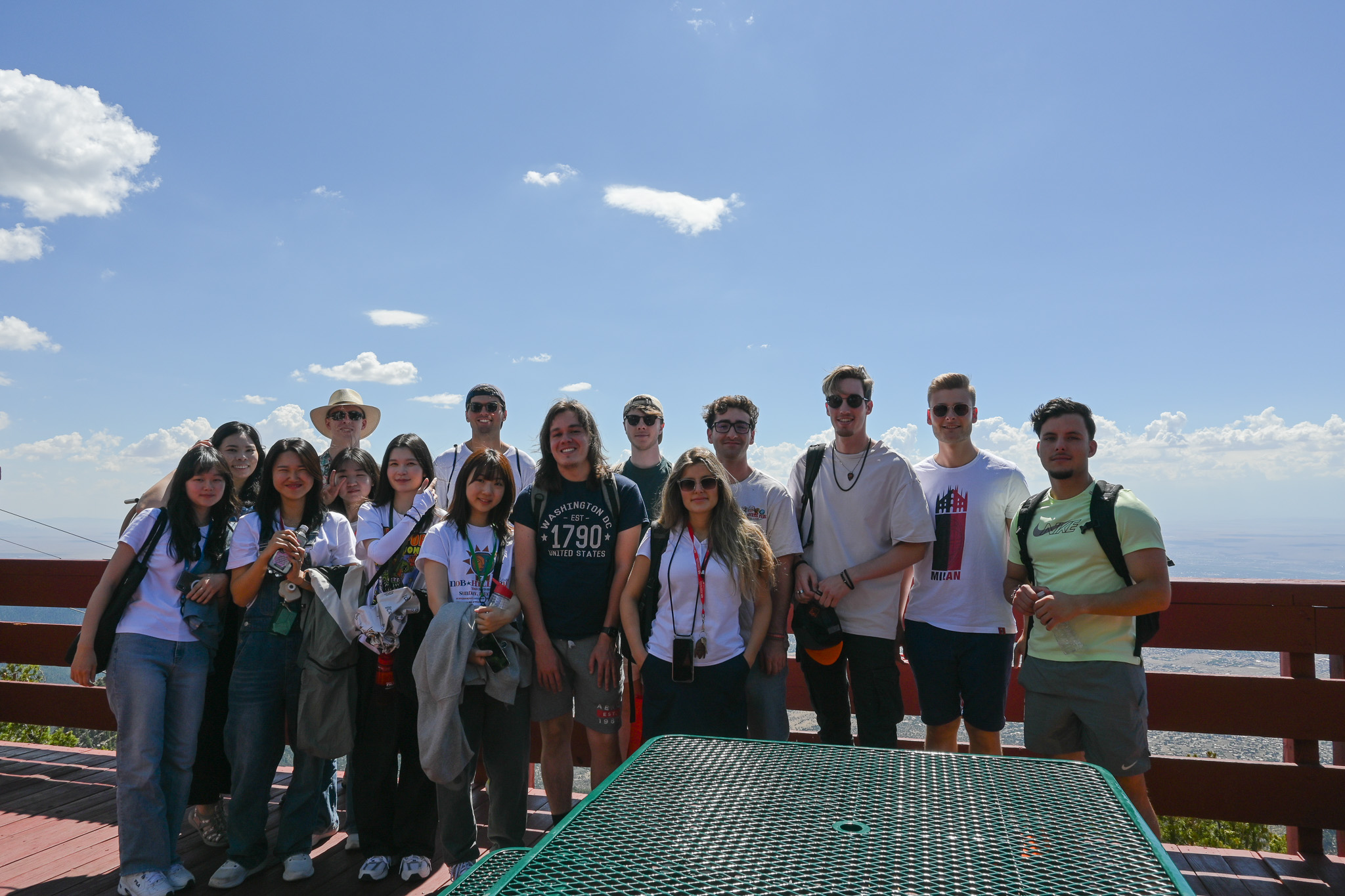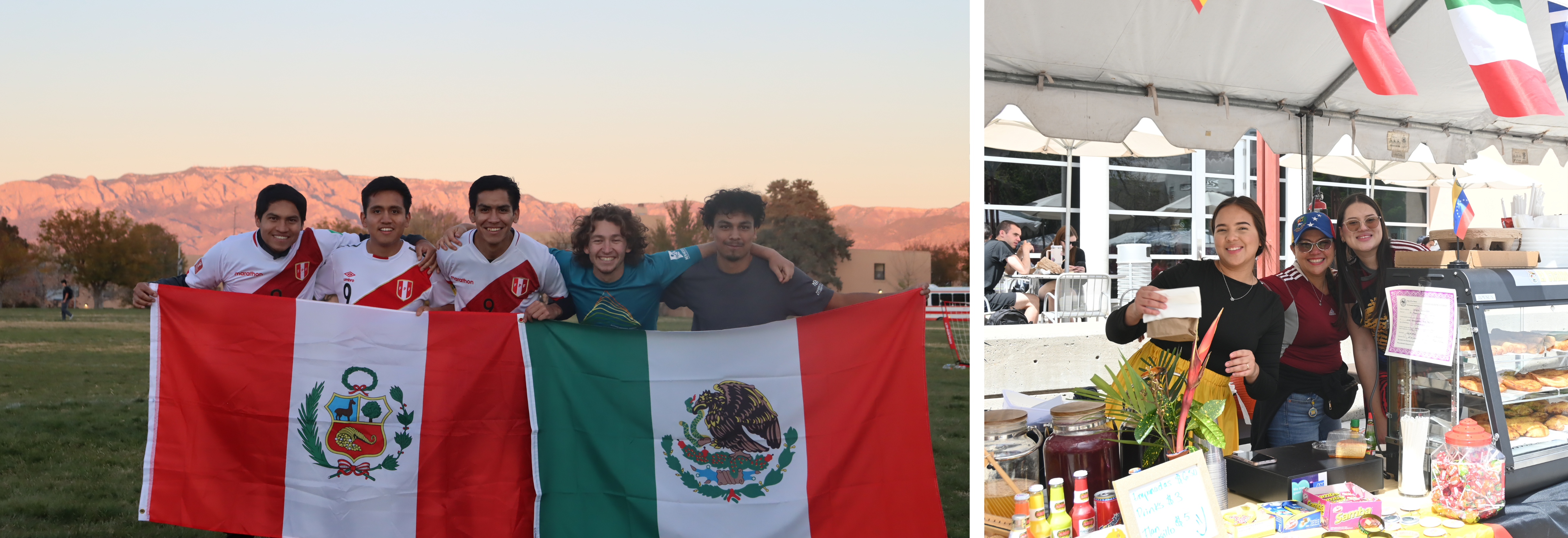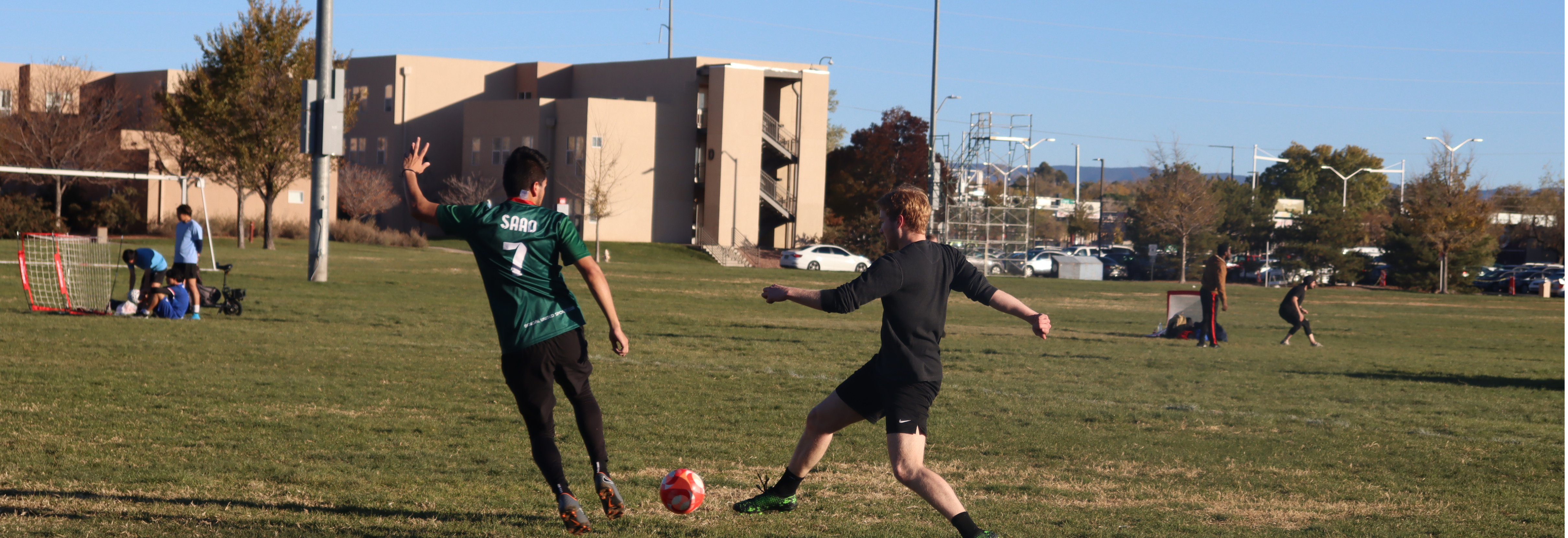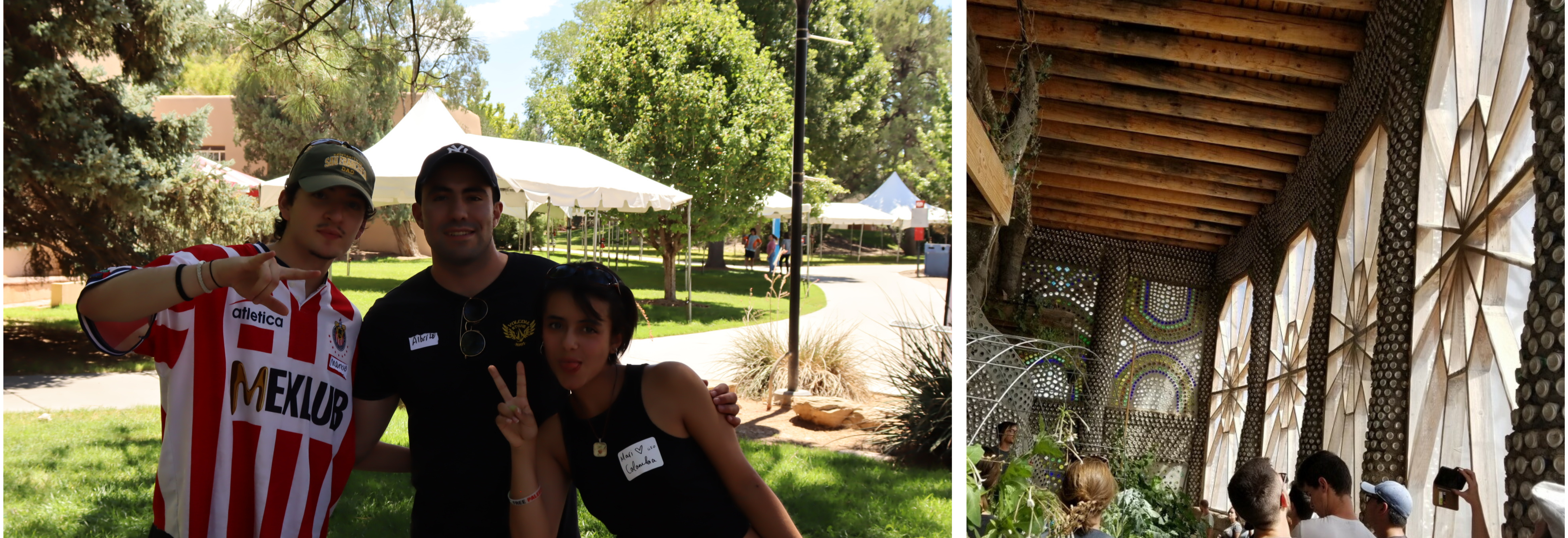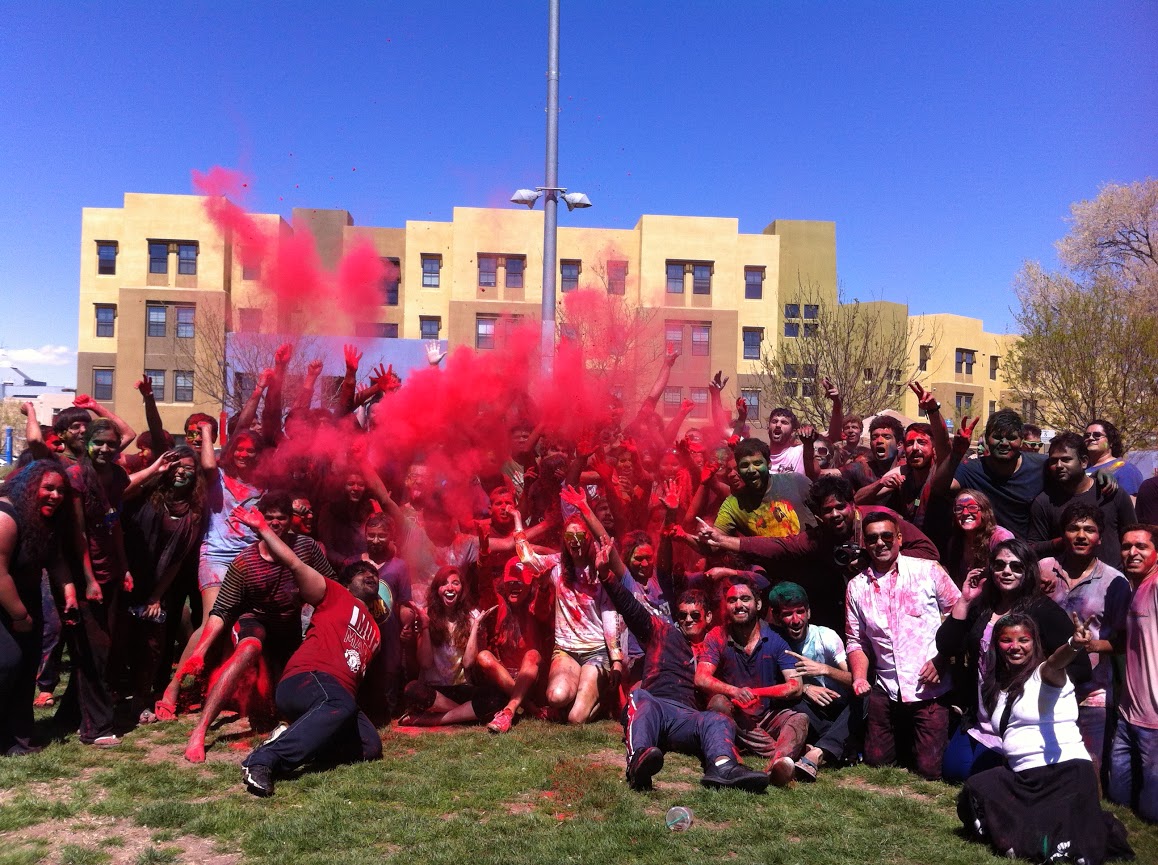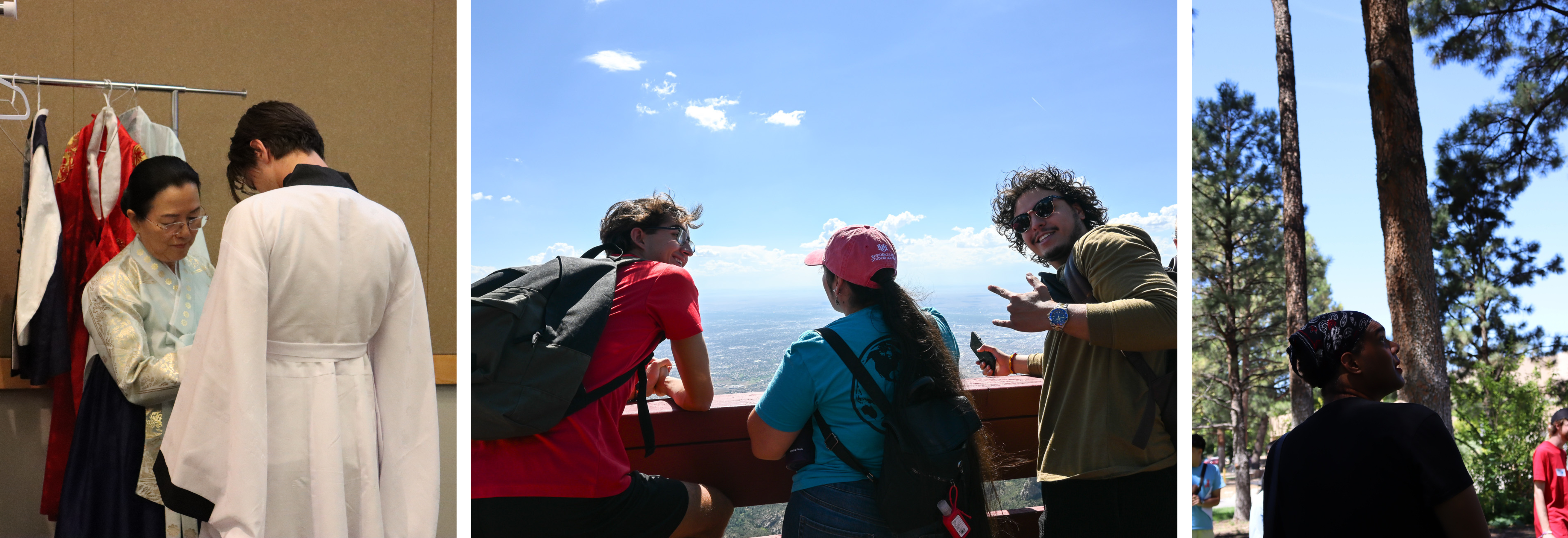Basic Requirements
You must have a valid student visa to enter the US in student immigration status. Apply at the United States Embassy or Consulate nearest your place of residence once you are sure you will attend UNM. You will need an I-20 to apply for an F1 visa or a DS-2019 to apply for a J1 visa.
Canadian citizens do NOT need a visa, but must present the I-20 or DS-2019 when entering the US and must pay the SEVIS fee before arriving in the US. Non-citizen residents of Canada should check with the US Consulate to find out whether or not they need a visa.
Visa Application
Contact the US Consulate before you go to find out how to make an appointment, what the fees are, what additional documents you should bring to the interview, and how long it generally takes to process the visa. You will be asked to complete the Visa Application Form DS 160You cannot apply for the visa more than 120 days prior to the date your US program begins (check your I-20/DS-2019 for the program start date). You will need to bring the following with you to the US Consulate for your visa appointment:
• Passport
• Proof of payment of the SEVIS fee
• I-20 or DS-2019 form
• UNM acceptance letter
• Proof of finances for your studies
• Any evidence that you intend to return home when you complete your studies (e.g., proof of property, a job or family in your home country)
Here are 10 points to remember when applying for your student visa.
Tips for the Visa Interview
If you will have an interview at a US Consulate, GEO recommends the following:
- Be ready to articulate in English briefly and clearly your reason for study in the US and your plan to use your education in your home country after program completion.
- Know how your academic degree and new knowledge will fit into your home country job market.
- Be prepared with the above information, but don’t memorize a “speech” which sounds rehearsed.
- Remain calm.
- Ask the consular officer if she will review any documents you brought (even if she doesn't ask for them). In case of a denial, ask that the reason be given to you in writing before you leave the consulate. Only in this way can you address the US Consulate’s concern if and when you return for a second interview. For information about reasons for visa denial, visit this website
- You may be subject to a security check that will delay the visa application process. Therefore, we highly recommend that you apply for your visa as soon as you receive your I-20 or DS-2019 (but not sooner than 120 days before your program start date).
- Once you are issued a visa, you should verify that all information is correct and it does not contain any typographical errors in your:
- name
- date of birth
- other biographical information
- Make sure you are issued the correct type of visa (F1 or J1, NOT F2 or J2). It is extremely difficult to correct these errors once you have left the consulate and nearly impossible once you have entered the US, so you want to get these errors corrected BEFORE you leave the consulate.
- Finally, once you are issued a visa, you may receive your I-20/DS-2019 in a sealed envelope. Do not pack the envelope in your luggage. You must have your I-20/DS-2019 when you enter the US!
SEVIS Fee (Required)
All students and scholars must pay a mandatory US “SEVIS” fee the first time they are applying for student or scholar status.
There are two preferred ways to pay the SEVIS fee:
- Online at www.FMJfee.com by using a credit card and completing the online Form I-901. You will need to print the computer-generated receipt and include it with your application.
- Through Western Union Quick Pay. This option is available in any country where Western Union offers its Quick Pay service. This service allows you to pay the SEVIS fee electronically and directly to the Department of Homeland Security in local currency. The receipt you will obtain at the end of the transaction will be your proof of payment. Information about paying by Western Union can be found at http://www.ice.gov/sevis/i901/wu_instr.htm
For more detailed information on the fee payment process:
Exceptions for Canadian Citizens
Citizens of Canada are not required to obtain an entry visa, but must present their I-20 or DS-2019 form, financial proof, and proof of payment of the SEVIS fee when entering the US from Canada. Passports are required for all Canadians who will study in the US.
Canadian students crossing at a land port must have a valid passport. At the port of entry, make sure the I-20 or DS-2019 is reviewed by the immigration official AND the official understands that they must admit you to the US in STUDENT immigration status.
Currently in F1 or J1 Status?
- If you are currently in F1 or J1 student immigration status studying at another University or High School in the US and you are going to begin attending UNM with no break or only a brief break in studies (less than 5 months), you will need to process an “immigration transfer” to attend UNM. Complete the student portion of the IMMIGRATION TRANSFER FORM and have the international advisor complete the rest of the form.
- The international advisor at your current school must know the date you plan to transfer your SEVIS record to UNM. They will set that date as the release date and enter UNM as the school you will transfer to in the SEVIS immigration student tracking system.
- Have the advisor return the completed UNM transfer form to the Global Education Office at UNM (via email to goglobal@unm.edu with "Transfer Form" in the subject line).
- The UNM I-20 or DS-2019 cannot be sent to you until AFTER the release date you set with your current international advisor, so be sure to state clearly on the UNM transfer from where the I-20 should be sent or if you wish to pick it up upon arrival at UNM.
15-Day Rule
- Within 15 days of the start date on the new I-20 or DS-2019, you must complete the transfer with the Global Education Office (GEO).
- You must present your passport, visa, I-94, and all previously issued I-20s/DS-2019s with you.
- If there are any complications that will cause you to arrive late, you must contact GEO to discuss your situation. Failure to report to GEO with the completed documents within 15 days of the start date may result in immigration problems.
- If you have not been a full-time student at the last school you were authorized to attend, you should contact the International Advisor at that school to discuss how to apply for reinstatement to status.
- If reinstatement is not possible at your former school, you can contact our office to discuss the possibility of transferring your SEVIS record and having UNM request the reinstatement. Otherwise, you may need to leave the US and enter in a new period of F1 or J1 status.
Planning to Travel Out of the US?
If you plan to travel out of the US briefly between attending a previous institution and attending UNM and you do not have a valid student visa, you will need to apply for a new visa.
- You should present the UNM I-20 or DS-2019 form, along with financial proof and proof of your intent to return home, to a consular officer at a US Embassy or Consulate abroad to obtain a student entry visa. You will also need to show the UNM I-20/DS-2019 form to the inspecting immigration officer upon entry to the US.
If you plan to travel out of the US and you have a valid student visa, then you can return with your UNM I-20 or DS-2019 and your current visa any time during the break (the 30 day entry rule no longer applies).
Please be advised: Visa interviews and processing times can be long, no matter what country you come from or whether you have had a previous US visa. Think carefully before you make a "quick trip" - it might not be so quick!
If you plan to apply for the new visa in Canada or Mexico, speak to an international advisor about your situation BEFORE you schedule the appointment. Applying in these countries may present significant problems or be impossible for some individuals.
In the US on a Different Status (Not F1 or J1)
If you are currently in the US in an immigration status other than F1 or J1 student status and you plan to switch to student status, materials describing change of status procedures should have been sent to you by the International Admissions Office.
If you are currently in the US in B1, B2 or F2 status, you may not be able to begin your program at UNM until the change of status is approved by immigration or you have left the US and reentered with an F1 or J1 visa. Ask to speak to a GEO advisor for more information.

